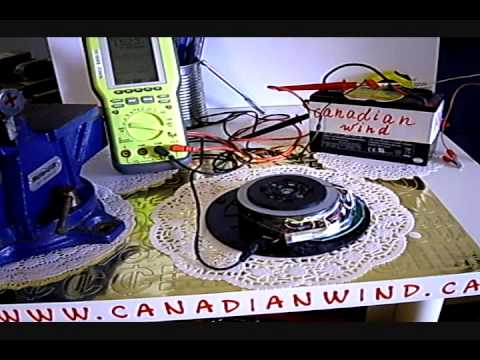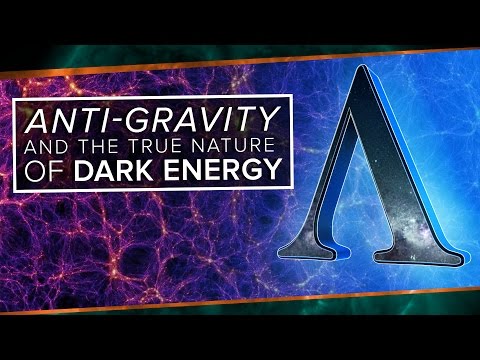“Antigravity” Method 13 of 15 Gyroscopic Mechanical Electromechanical Inertial centrifugal Group IV
Antigravity Method 13 of 15 Gyroscopic Mechanical / Electromechanical/ Inertial Impulse, Centrifugal- Group IV
Filmed 1991-1996, 13 of 15 methods of levitating an object known to the author John Iwaszko, edited from the video Antigravity the reality made in 1996. The antigravity method shown in this edit, was introduced and was referred to as Asymmetric Gyroscopic which has now been reclassified by the author as, GYROSCOPIC MECHANICAL /ELECTROMECHANICAL/ Inertial impulse centrifugal (Method 13)
The classification of the antigravity methods I have developed was an attempt to classify according to certain functional, structural properties and methodology of the systems. Whereas the structural properties are largely intrinsic, functional properties and the derived classifications depend to a certain degree on the type of interaction relative to the external environment. Some of the systems mix the various methods, resulting in hierarchies based on structural qualities.
The method I will next describe has been the cause of tremendous controversy amongst learned people and is the only method that can, so far, produce tangible and a measurable artificial gravity. Befitting and Ironic then that this method described coincidently fell in a numerical order of number 13. Perhaps the symbolism that relates to number 13 also relates to this method.
So whats is creating the defying gravity antiques within the box, here it is balancing 130 grams with no counterweight on the opposing lever. It is none other than a gyroscope.
Here we have an elementary experiment, a balanced system, I place an object on a platform, give it a little spin, and behold the object does not topple or fall as I have just created artificial gravity.
This simple method has been utilised in theme parks and unquestionably in future space vehicles and space stations and has been experienced in some form by most people. Centrifugal force represents the effects of inertia that arise in connection with rotation and which are experienced as an outward force away from the centre of rotation and pushes the object towards the platform keeping the little object firmly stable at a constant velocity of rotation. At a certain rate of rotation we can beat gravity. Everyone who has swung any heavy object around themselves has felt the centrifugal force. This ‘force’ can simulate gravity particularly where there is no solid surface to enable us to feel the forces of gravity. The centrifugal force is in a direction perpendicular to the rotation axis and radically outward. Its magnitude is equal to the square of the angular speed times the distance from the rotation axis. As a result the astronauts in a space station would be able to walk around inside the space station as if the artificial gravity is pulling them outward away from the centre of a toroidal or cylindrical station.
For a space station 15 metres in radius (50 feet) the station must make one revolution about every 8 seconds in order that the astronauts feel 1 g of gravitational acceleration where a persons weight would be the same as that on Earth.
WARNING:- Some of these experiments operate directly from 240VAC mains supply or far higher voltages at high currents are potentially lethal. Do not build unless you know exactly what you are doing. Do not touch any part of the equipment while it is plugged into a mains outlet. And remember that the methods described do not conform to any electrical safety standard and many of the experiments performed are downright dangerous.
Powerful magnets such as neodymium magnets or powerful magnetic fields generated by coils can be dangerous and not to be played with. Powerful magnets or magnetic fields can crush fingers. The power of magnetism can also cause chunks of metal to take flight and cause injury to body parts and or blindness.
Rotating machinery can pose a danger from rotating or reciprocating parts. Particularly when machine parts move toward each other, or one part moves past another, which can crush limbs.
Extremely intense sounds can burst ear drums or can be physically painful to human ears. High-intensity ultrasound waves are extremely dangerous to experiment with as they can heat human eyes or other tissue by absorbing ultrasound energy which becomes heat by vibration and corresponding energy loss.
Exposure to radio frequency energy or ionizing radiation that can be generated by coils can not only burn as they get hot but also cause radiation burns, damage to the skin or other biological tissue.
Direct skin contact with liquid nitrogen will cause severe frostbite (cryogenic or cold burns). This may happen almost instantly on contact, there is always a potential hazard when handling liquid nitrogen.
Be careful! Use good solid judgement in your work, and think ahead. I John Iwaszko do not endorse the experiments shown, and am merely passing on information, I have learnt through experiment. Safety is your responsibility!
Similar Posts:
-

Artificial Intelligence In 5 Minutes | What Is Artificial Intelligence? | AI Explained | Simplilearn -

Miracle! UFO Antigravity Technology Explanation of Earth – Sun connection The same levitation method -

Anti-gravity and the True Nature of Dark Energy | Space Time | PBS Digital Studios -

What is Artificial Intelligence (or Machine Learning)?
